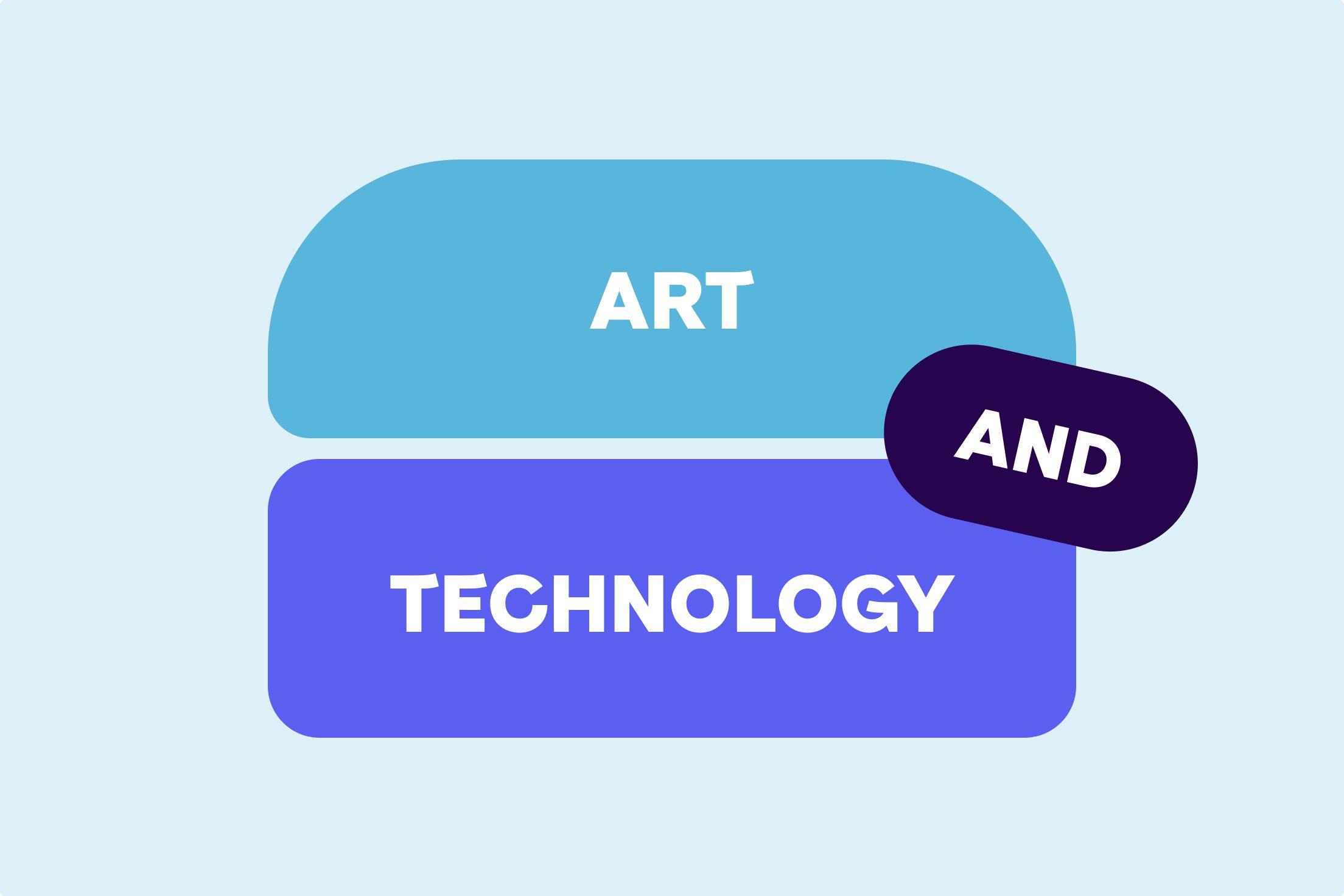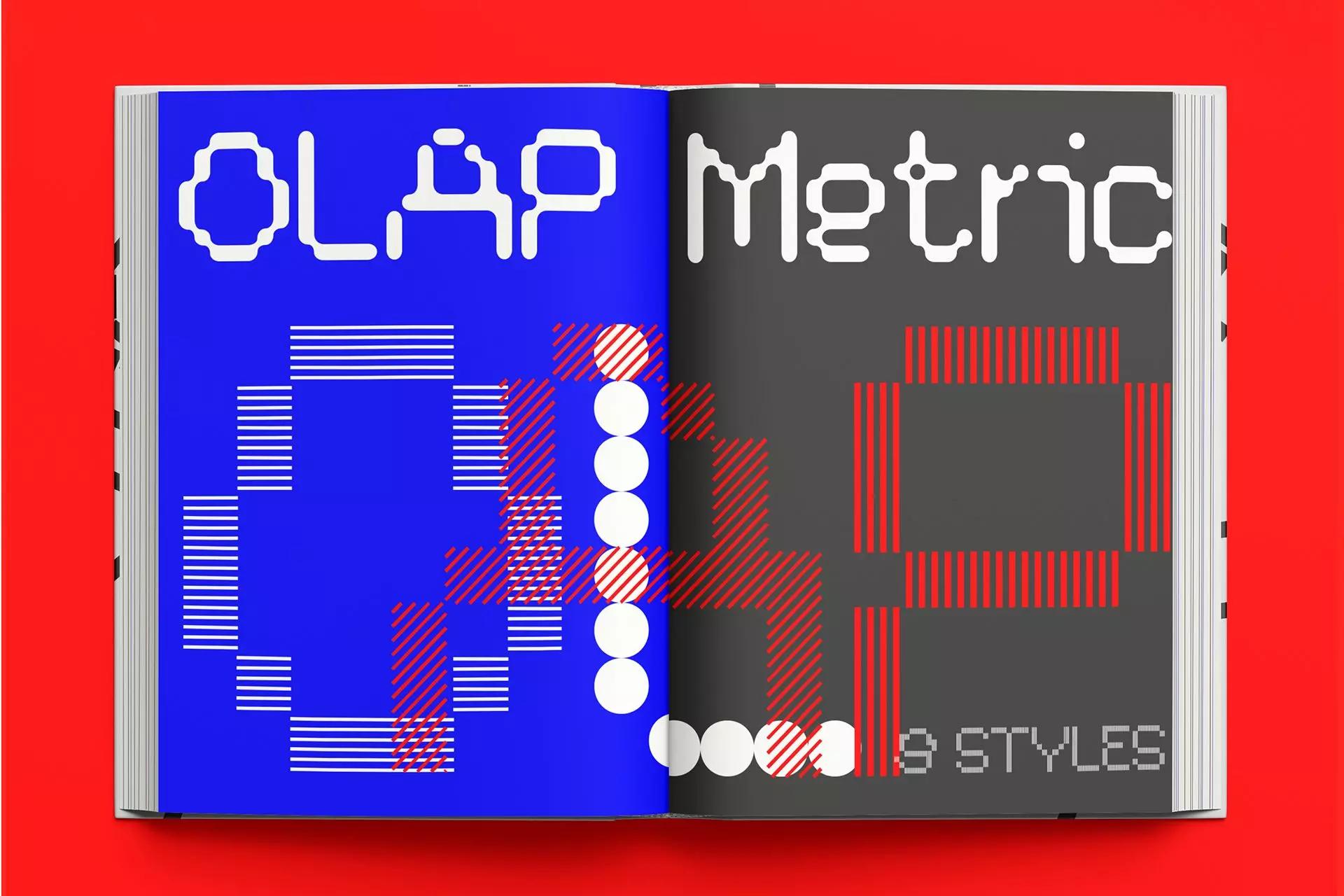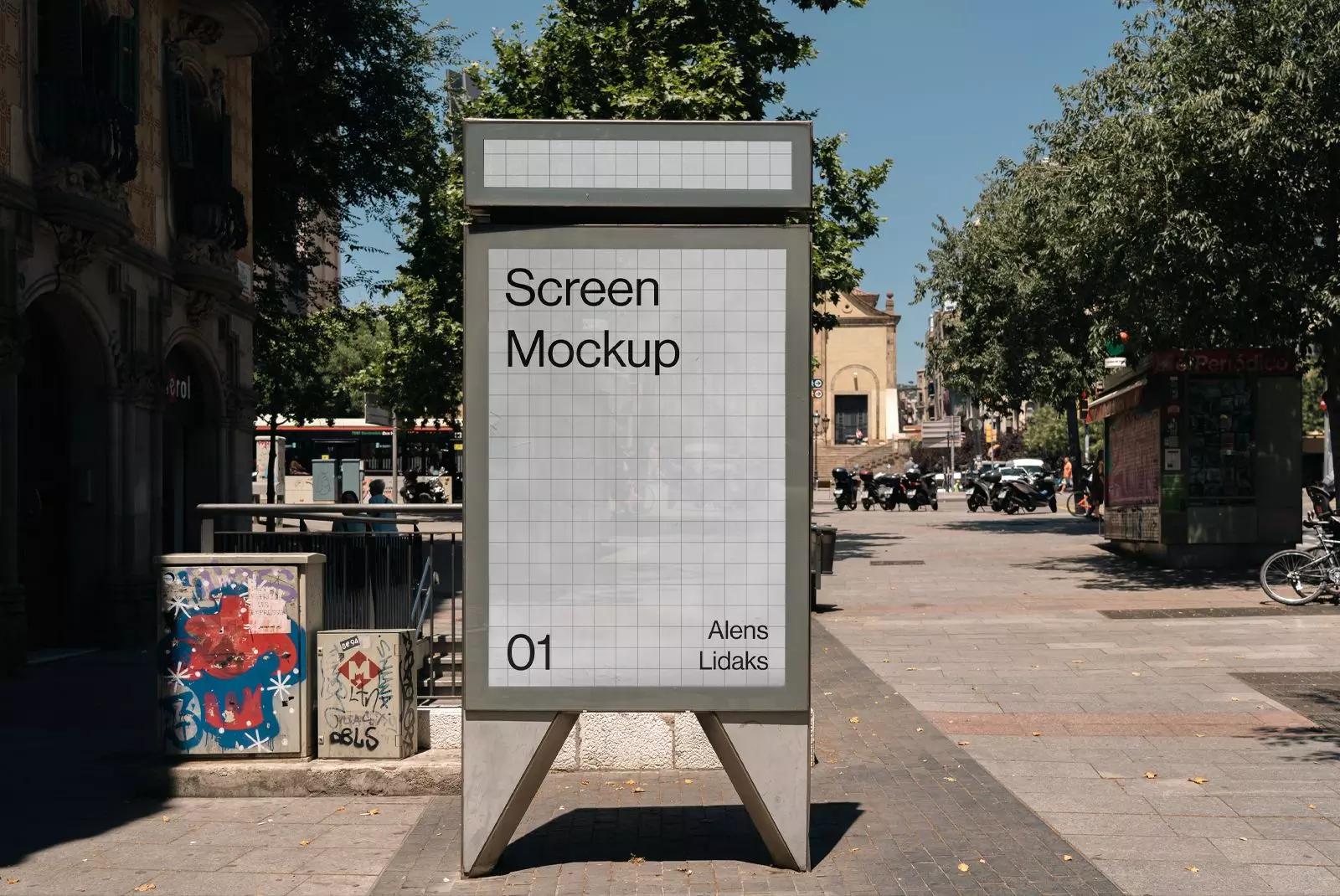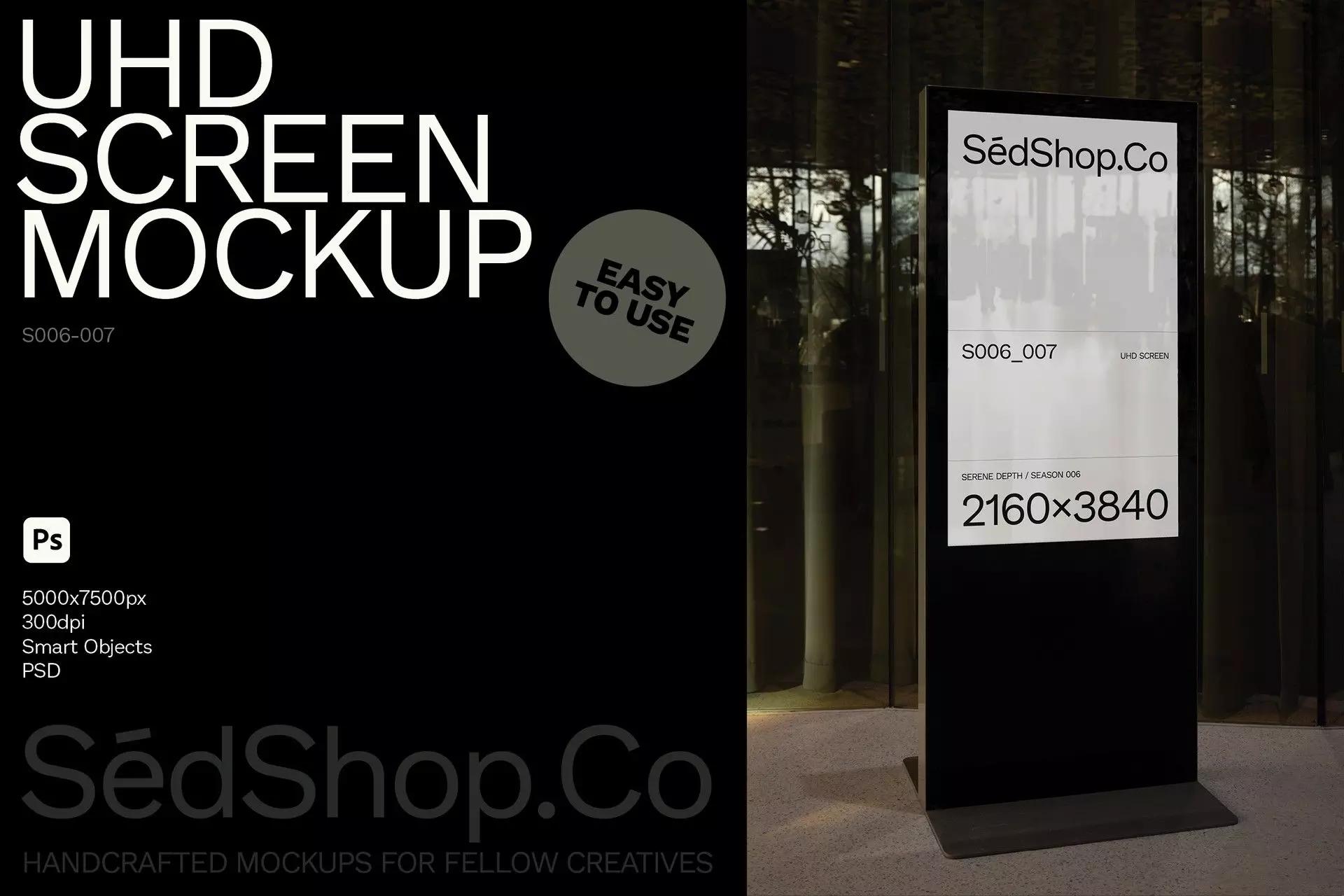The intersection of art and technology in design

Written by
Fluffys Team
Published on December 26th, 2024
In the ever-evolving world of design, the line between art and technology is increasingly blurred. Today, creative studios are blending traditional artistic methods with cutting-edge technologies to produce work that is not only visually striking but also interactive, immersive, and groundbreaking. From augmented reality to generative design and projection mapping, these innovations are redefining the boundaries of creativity.
Augmented reality: bridging the physical and digital
Augmented reality (AR) has emerged as a powerful tool for studios looking to create interactive experiences. By overlaying digital elements onto the real world, AR allows designers to expand their artistic expression and create dynamic interactions that were previously unimaginable. For instance, renowned studio Snarkitecture used AR in their "Lenses of Reality" installation, enabling viewers to interact with digital layers over physical sculptures, creating a multi-dimensional experience.
Brands are also leveraging AR for marketing campaigns. For example, Burberry's AR shopping experience allowed users to visualize products in their environment, making the shopping journey more engaging. AR’s ability to integrate seamlessly into physical spaces ensures its growing relevance in both artistic and commercial applications. (source)
)](/_next/image?url=https%3A%2F%2Ffluffysblob.blob.core.windows.net%2Ffluffys-blob-stg%2Fuploads%2Fthe_intersection_of_art_and_technology_in_design_burberry_ar_a15f04d860.jpg&w=3840&q=75)
Burberry's AR shopping experience (source)
Generative design: creativity through algorithms
Generative design, a process where algorithms create designs based on predefined parameters, is transforming how studios approach complex problems. This method enables designers to explore countless variations of a concept, often arriving at innovative solutions that may not have been discovered through traditional means. Studios like Refik Anadol Studio are pioneers in this field, creating mesmerizing data-driven art installations that translate complex datasets into visual masterpieces.
In architecture, generative design tools like Autodesk’s Generative Design platform allow designers to optimize structures for aesthetics, functionality, and sustainability. Similarly, in graphic design, tools like TouchDesigner are being used to create dynamic visuals for events and performances. This fusion of art and technology is empowering studios to tackle projects with greater efficiency and creativity. (source)
](/_next/image?url=https%3A%2F%2Ffluffysblob.blob.core.windows.net%2Ffluffys-blob-stg%2Fuploads%2Fthe_intersection_of_art_and_technology_in_design_refikanadol_289aabb7a0.jpg&w=3840&q=75)
Project from Refik Anadol Studio
Projection mapping: transforming spaces into canvases
Projection mapping has revolutionized how studios transform ordinary spaces into immersive works of art. By using projectors to cast visuals onto irregular surfaces, designers can turn buildings, landscapes, and even small objects into vibrant displays of motion and color. Studios like Moment Factory have mastered this art form, creating breathtaking projection-mapped experiences for events, concerts, and public installations.
A notable example is the projection mapping on the Sagrada Familia in Barcelona, where intricate visuals brought the iconic architecture to life in vivid detail. This technique not only enhances the audience’s experience but also highlights the synergy between traditional artistry and modern technology. (source)
](/_next/image?url=https%3A%2F%2Ffluffysblob.blob.core.windows.net%2Ffluffys-blob-stg%2Fuploads%2Fprojection_mapping_on_sagrada_familia_barcelona_e06ef10d94.png&w=3840&q=75)
Projection mapping on the Sagrada Familia in Barcelona
Balancing art and technology
While technology provides new tools for expression, the essence of design lies in its artistry. Studios that successfully integrate art and technology prioritize the human element, ensuring that the work resonates emotionally while utilizing the best of digital advancements. Projects like the TeamLab Borderless exhibit in Tokyo exemplify this balance, where digital installations immerse viewers in a sensory experience that feels both futuristic and deeply human.
 in Tokyo](/_next/image?url=https%3A%2F%2Ffluffysblob.blob.core.windows.net%2Ffluffys-blob-stg%2Fuploads%2Fthe_intersection_of_art_and_technology_in_design_teamlab_art_museum_tokyo_dc3fb55a8f.jpg&w=3840&q=75)
TeamLab Borderless exhibit in Tokyo
The future of artistic innovation
As technology continues to evolve, the opportunities for blending art and design will only expand. Artificial intelligence, virtual reality, and real-time rendering are already pushing the boundaries of what’s possible. For studios, the challenge and opportunity lie in staying ahead of these trends, using them not as replacements for artistic talent but as amplifiers of creative vision.
The intersection of art and technology is a playground of possibilities. Studios that embrace this convergence are not only shaping the future of design but also redefining the way we experience art itself. As we look ahead, the collaboration between human creativity and technological innovation promises to bring forth a new era of design that is as imaginative as it is impactful.
Meet the artist
Ready to level up your workflow? Explore our curated collection of design assets, crafted by top creative professionals who understand where design is heading.
Visit store- designdesign tipsvisual design


